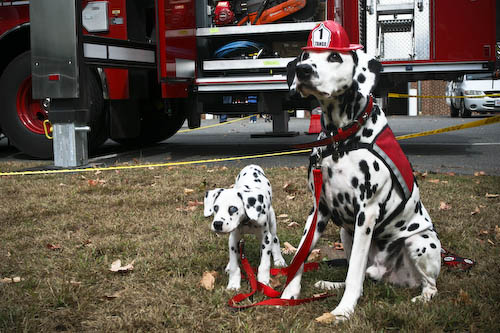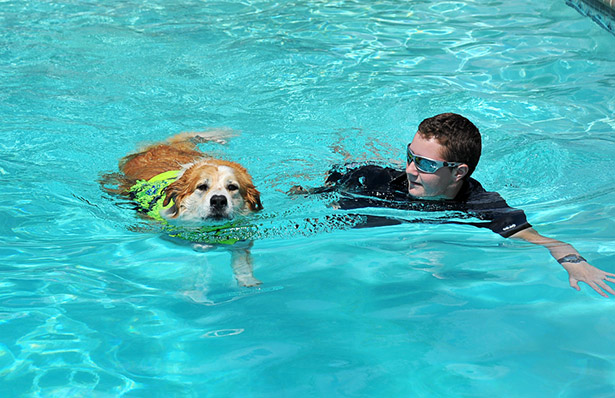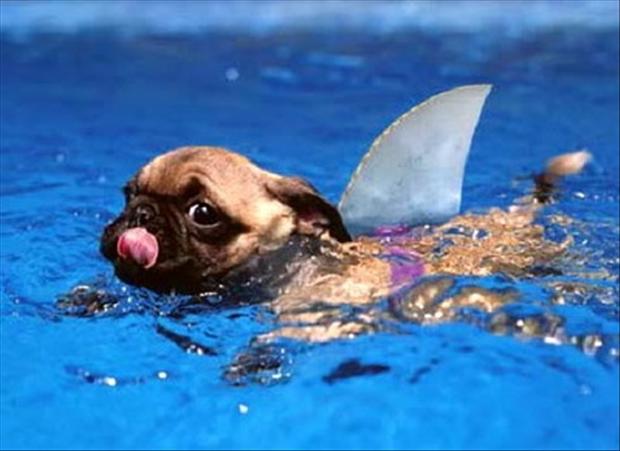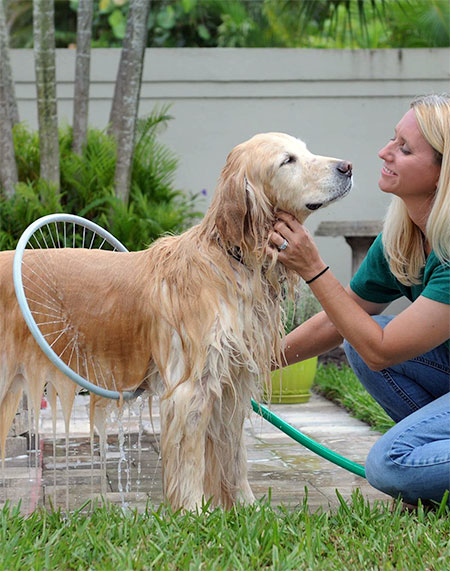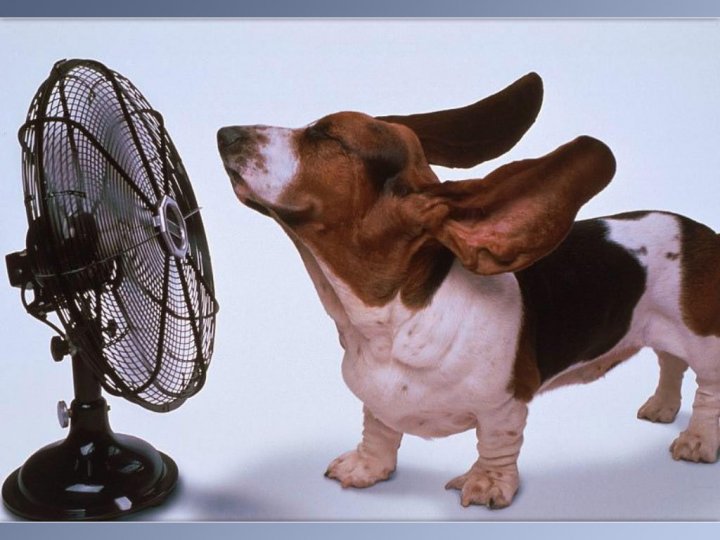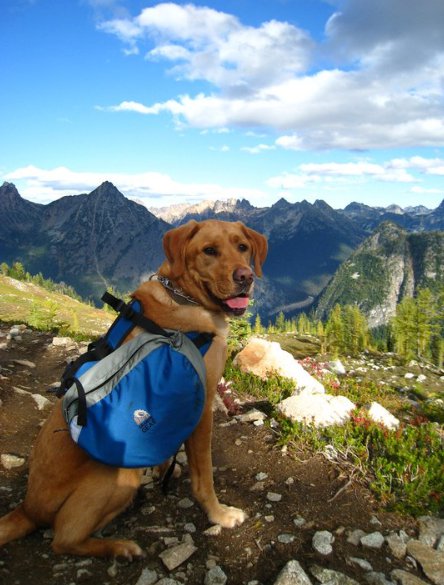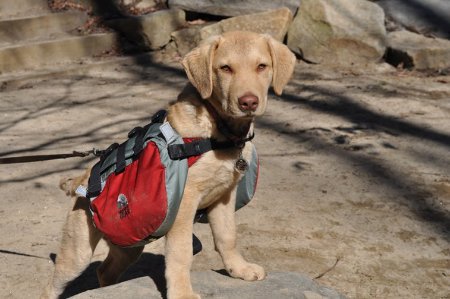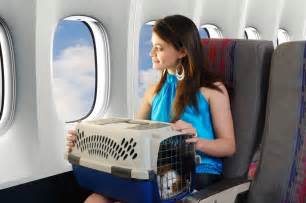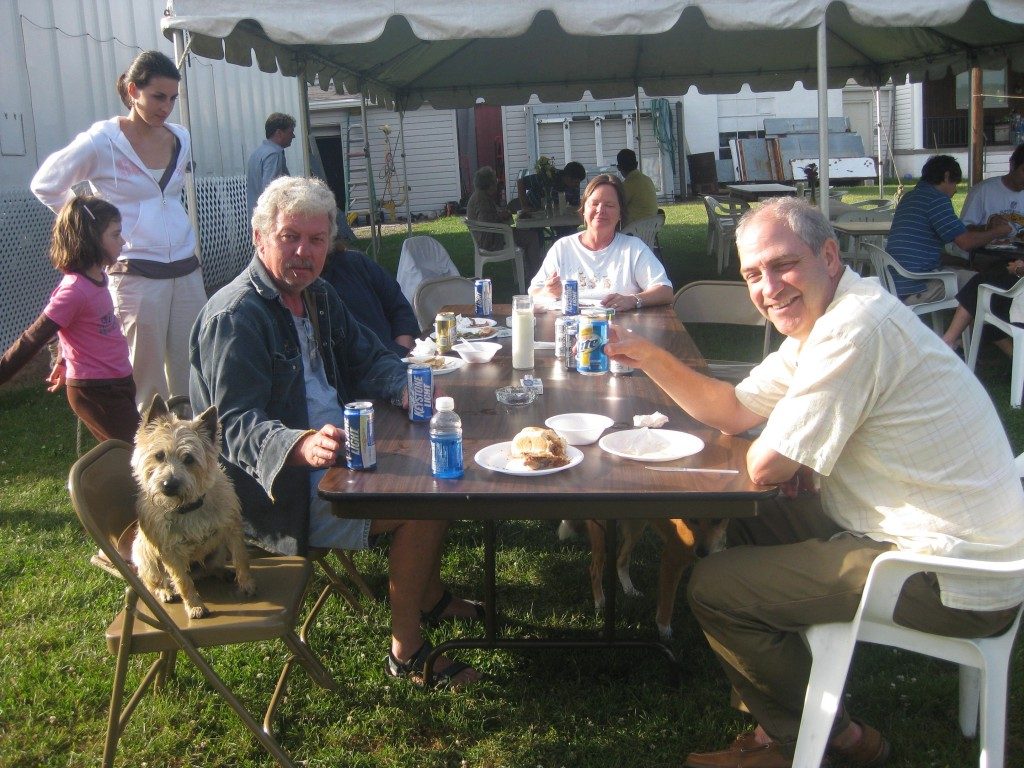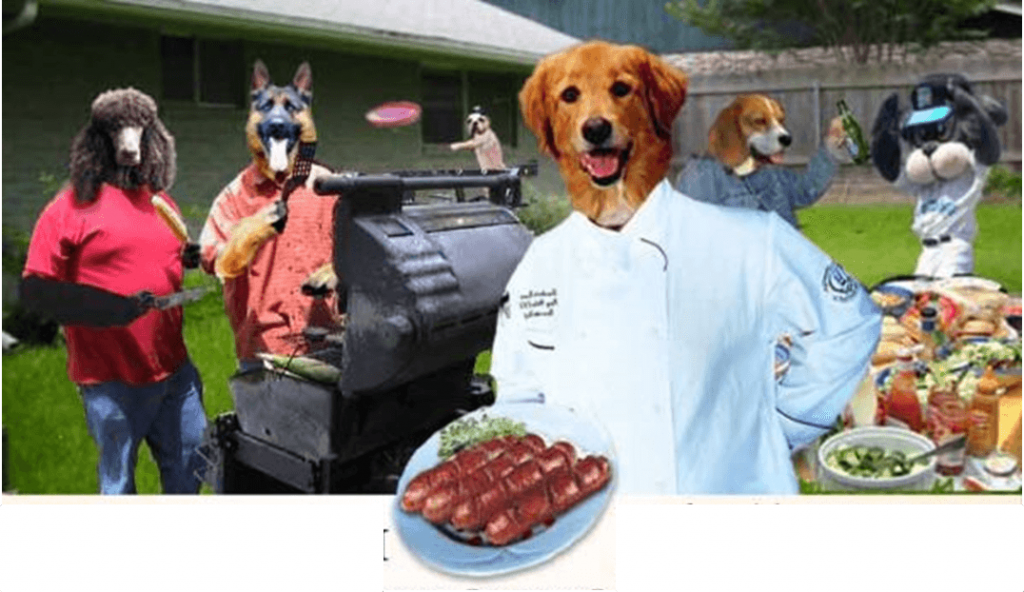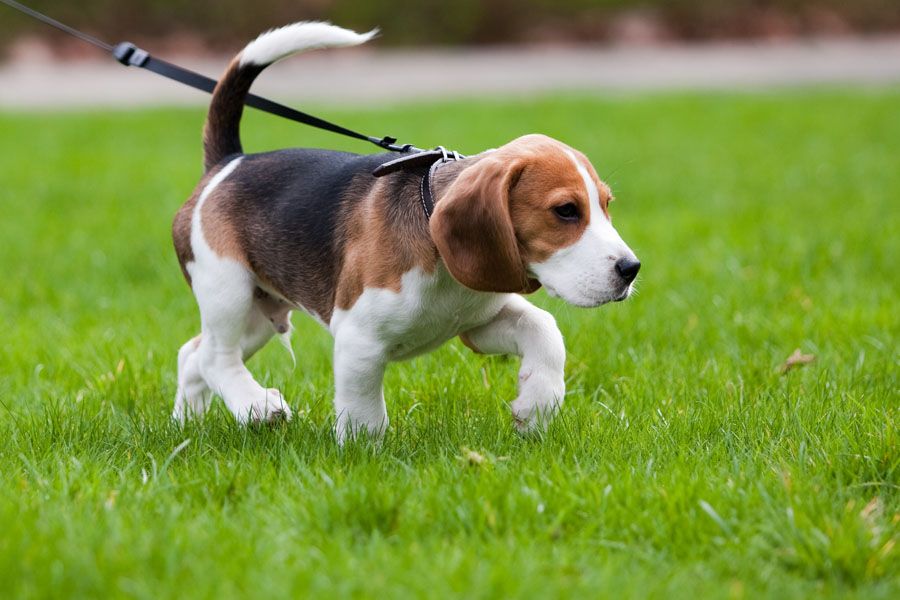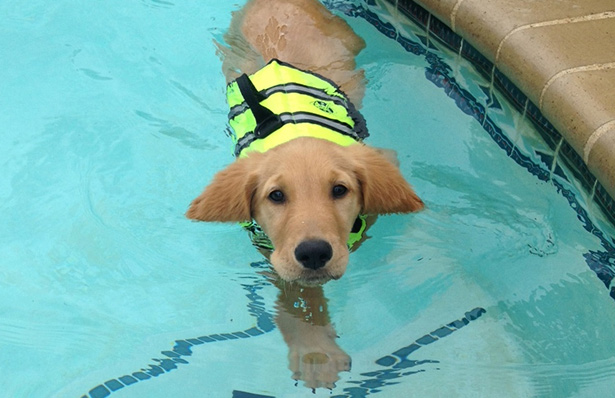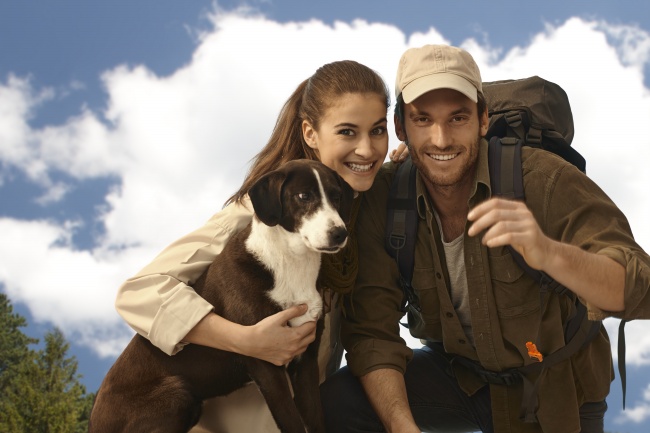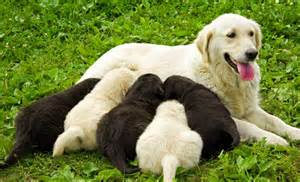National Pet Fire Safety Day is observed on the 15 July every year. July is a month marked by heat, dry grass, fireworks, and outdoor fires—all of which can pose a danger to pets. House fires are one such danger.
To create awareness on this topic, the American Kennel Club (AKC), ADT Security Services and the National Volunteer Fire Council have teamed up for this Thursday’s National Pet Fire Safety Day.
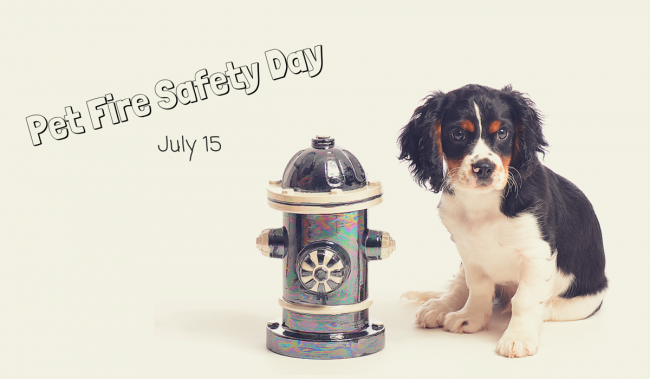
The AKC has provided the following tips to help protect your home and loved ones from accidental fire:
- Extinguish open flames – Don’t leave your pets unattended around an open flame and make sure to thoroughly extinguish any open flame before leaving your home.
- Remove stove knob– Be sure to remove stove knobs or protect them with covers before leaving the house.
- Invest in flameless candles – These candles contain a light bulb, rather than an open flame, and take the danger out of your pet knocking over a candle.
- Avoid glass water bowls on wooden decks – The sun’s rays when filtered through glass water bowls can heat up and ignite the wooden deck. Choose stainless steel or ceramic bowls instead.
- Keep pets near entrances when you’re out – Keep collars on pets and leashes at the ready in case firefighters need to rescue your pet. When leaving pets home alone, keep them in areas or rooms near entrances where firefighters can easily find them.
- Secure young pets– Especially with young puppies, keep them confined away from potential fire-starting hazards when you are away from home such as in crates or behind baby gates in secure areas.
- Consider using monitored smoke detectors – Monitored smoke detectors, which are connected to a monitoring center, allow emergency responders to be contacted when your pets are trapped. These systems provide an added layer of protection beyond battery-operated smoke alarms.
- Affix a Pet Alert Window Cling – Write down the number of pets inside your house and attach the static cling to a front window. This critical information saves rescuers time when locating your pets. Make sure to update the number of pets listed.
Staying aware and being prepared could save you avoidable heartache if a disaster strikes. Your pets are part of your family and deserve to be protected!
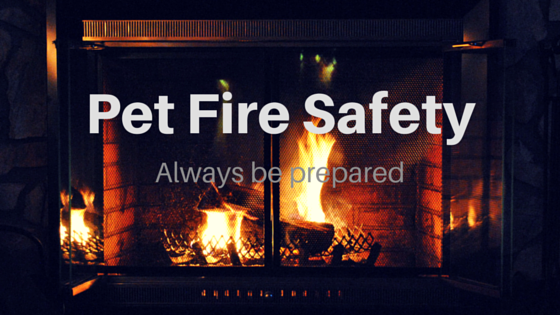






 The biggest thing you can do to prevent your pet from being injured in a home fire is to have working fire alarms and extinguishers. Alarms with current batteries (checked regularly) should be placed on each floor or area of the home. If you’re out of the house a lot of the time, you might consider installing fire alarms that are connected to a monitoring unit able to alert the fire department directly.
The biggest thing you can do to prevent your pet from being injured in a home fire is to have working fire alarms and extinguishers. Alarms with current batteries (checked regularly) should be placed on each floor or area of the home. If you’re out of the house a lot of the time, you might consider installing fire alarms that are connected to a monitoring unit able to alert the fire department directly.